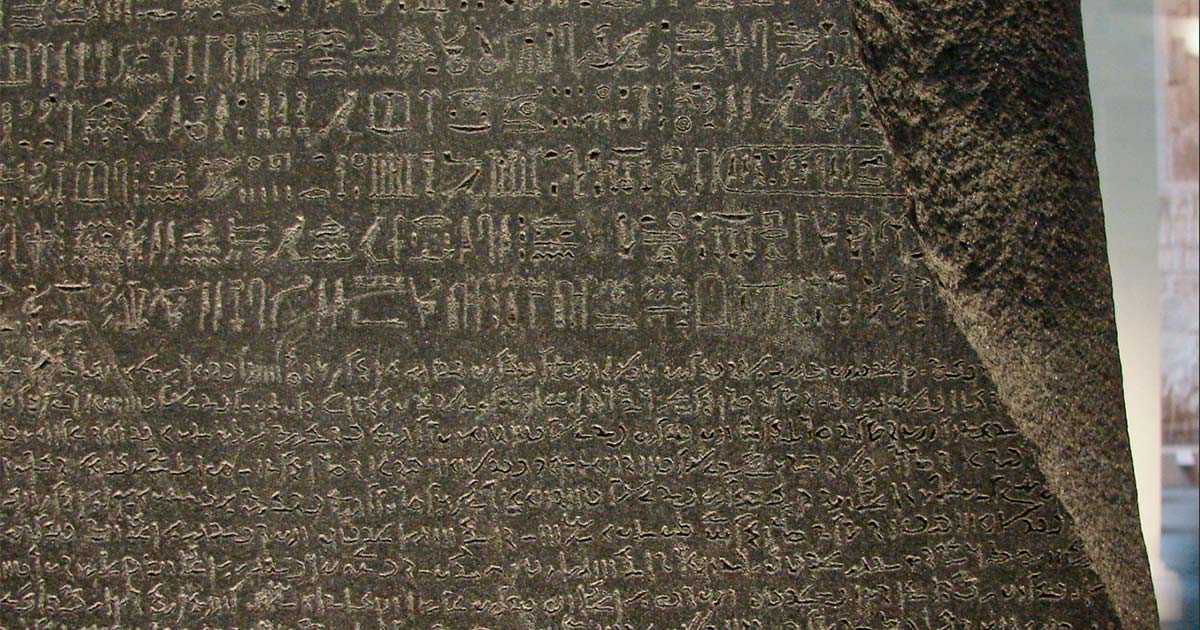How The Rosetta Stone Unlocked Hieroglyphics (Video)
The Rosetta Stone, an invaluable treasure housed in the British Museum, played a pivotal role in deciphering the enigmatic Egyptian hieroglyphics. Before its discovery by Napoleon's campaign in Egypt, the modern world remained clueless about the workings of this ancient writing system. With three languages inscribed on the stone - hieroglyphics, Demotic, and Ancient Greek - translation became a perplexing task, taking scholars two decades to unravel its complexities. The key clue lay in the cartouches, circular markers denoting names of royals, which helped linguists match letters and make headway. Despite the painstaking work and inevitable discrepancies in translations, the Rosetta Stone provided the breakthrough needed to understand hieroglyphics.
The stone, originating from a demolished temple and buried for centuries, contained surprisingly mundane contents - details about a royal cult receiving certain privileges, including tax exemption. While it may not be a thrilling narrative, this ancient Egyptian inscribed stone allowed scholars to unlock the mysteries of a civilization long lost to time. The Rosetta Stone's significance resonates even today as a symbol of human perseverance and the importance of context in deciphering the past.
- The Rosetta Stone: One of Archaeology’s Greatest Treasures
- Google Launches AI Cyber Rosetta Stone for Hieroglyphic Translations
Top image: The Rosetta Stone. Source: Jens Teichmann / Adobe Stock.

















